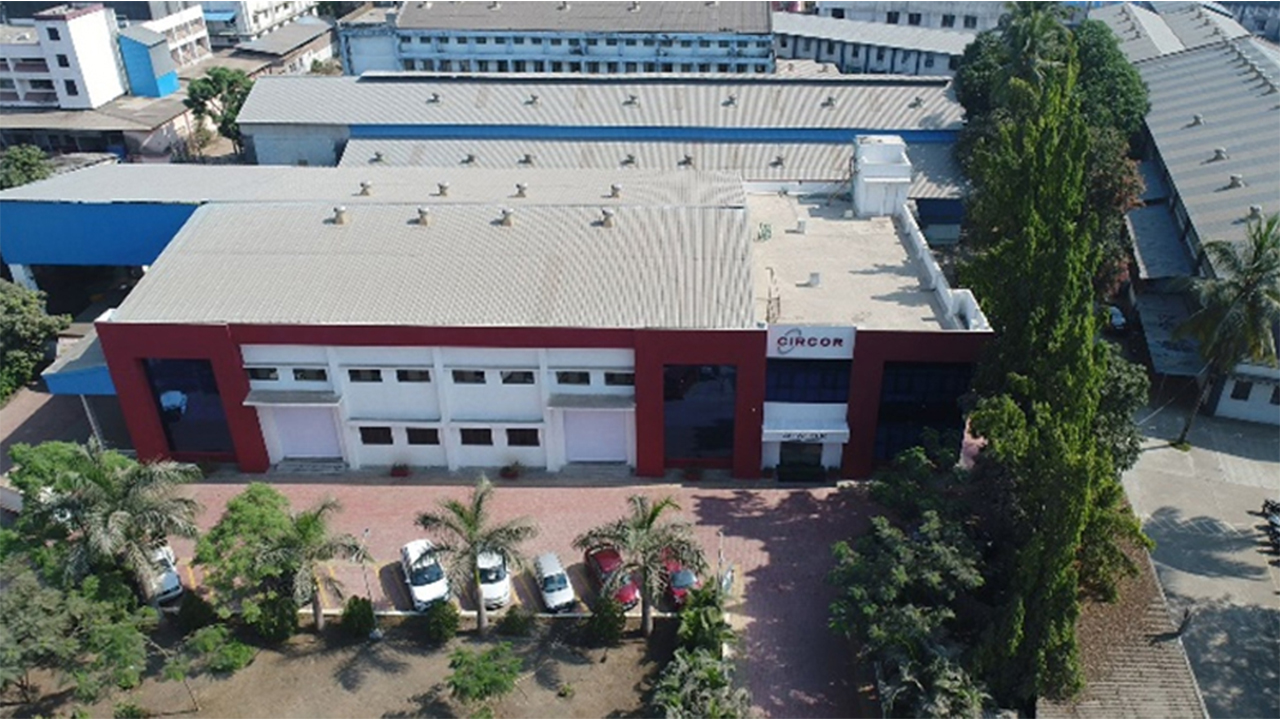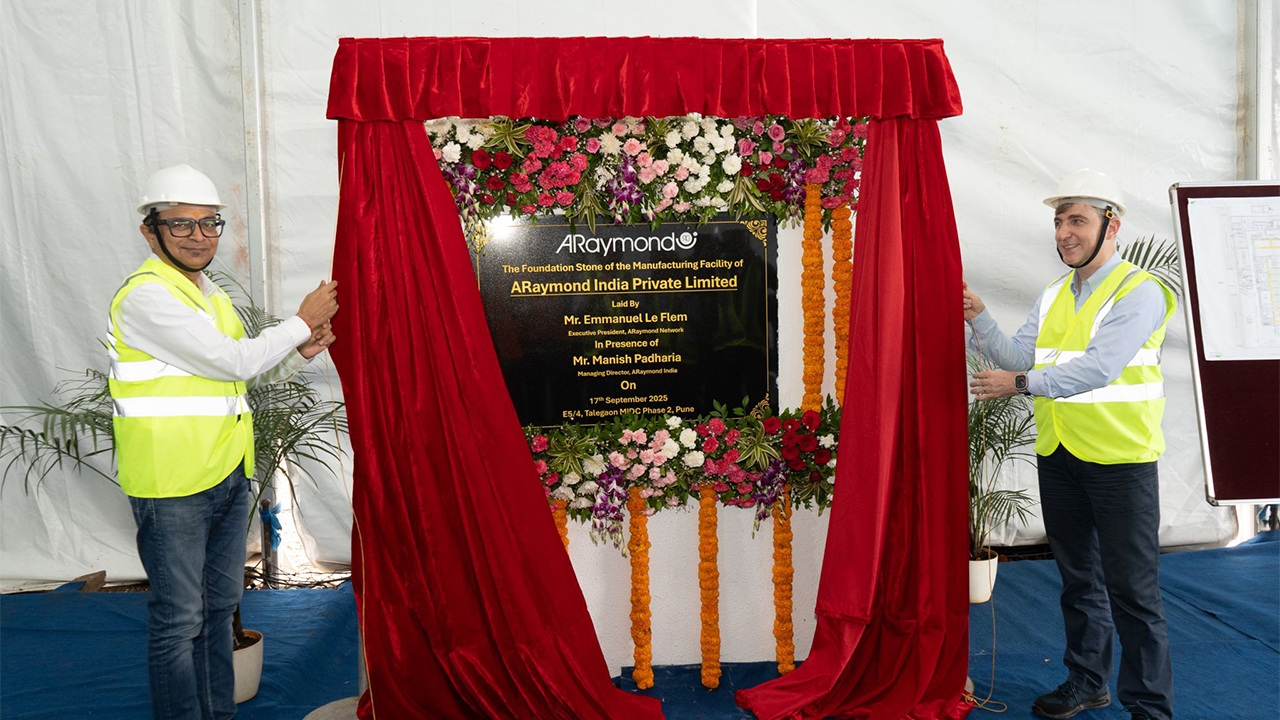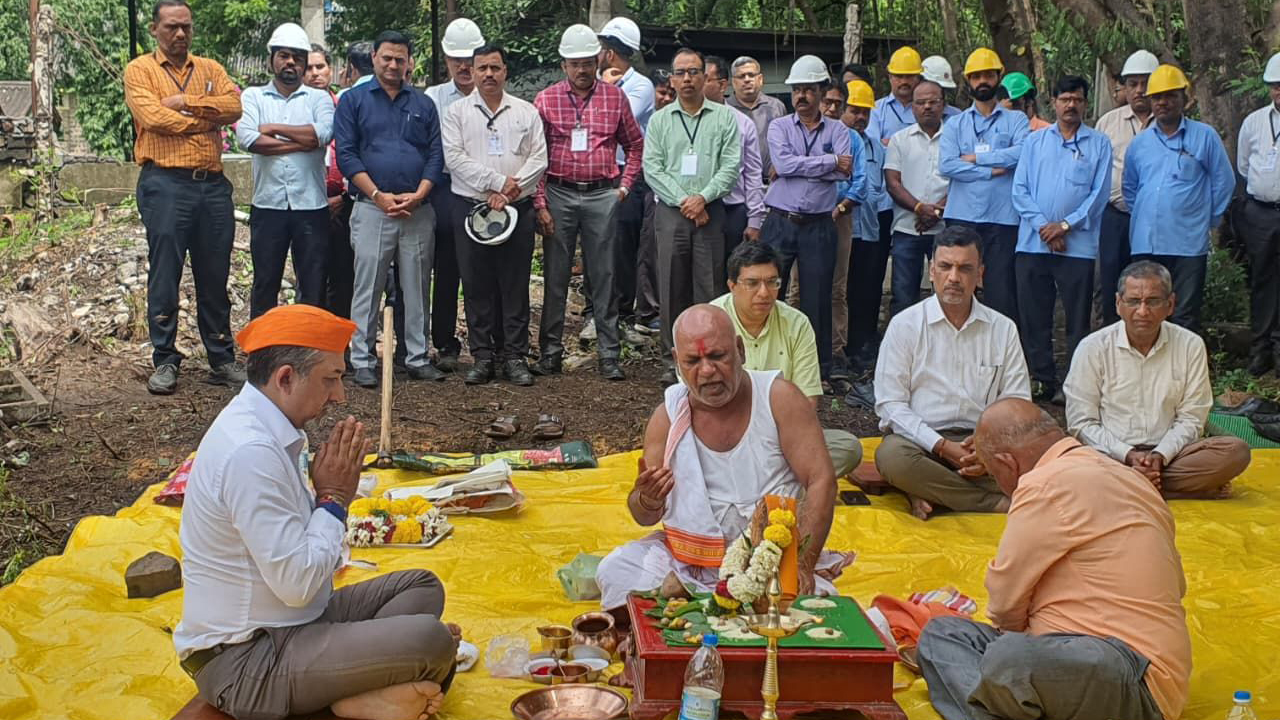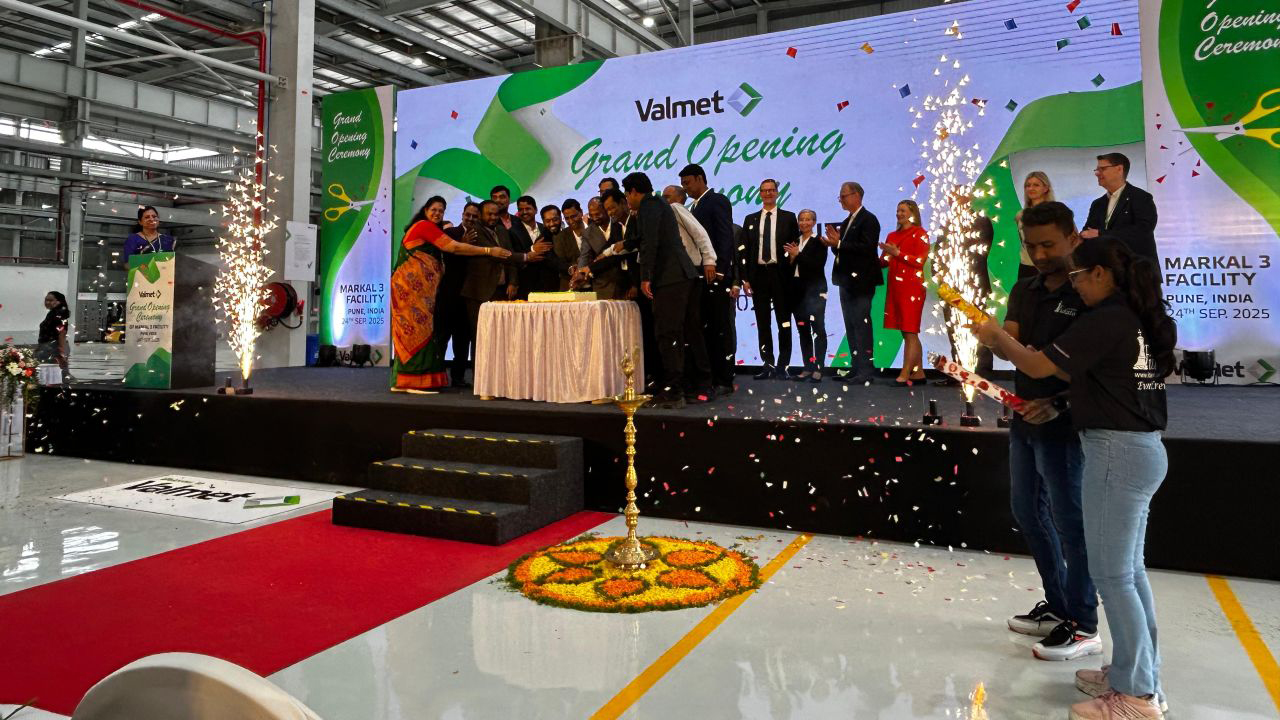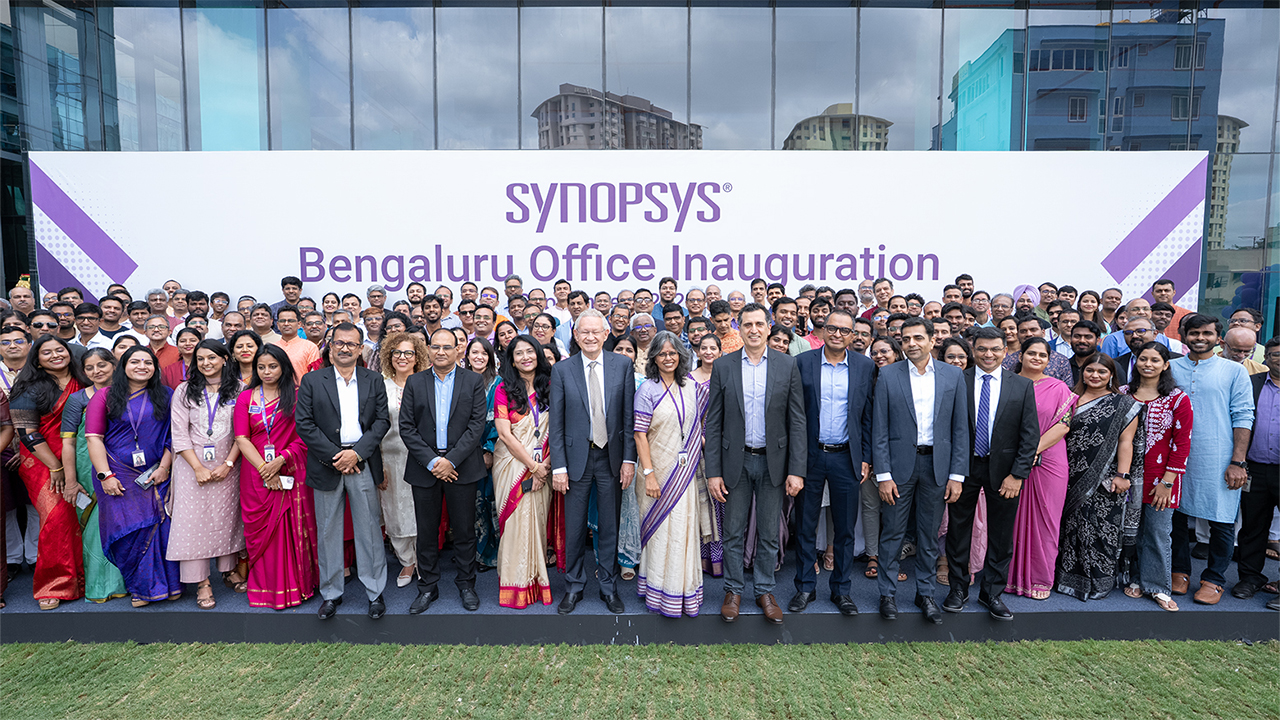“The PMI results for India painted a vibrant picture of the nation’s manufacturing landscape in August. Robust and accelerated increases in new orders and production suggest that the sector looks set to provide a strong contribution to second quarter (fiscal) economic growth.” - Pollyanna De Lima, Economics Associate Director at S&P Global Market Intelligence

September 2023 : The S&P Global PMI showed a robust improvement in manufacturing sector conditions across India, as new orders and output increased at the quickest rates in nearly three years during August. Firms geared up to handle rising demand by scaling up buying levels and rebuilding their input stocks at the second-strongest pace in 18-and-a-half years of data collection. On the price front, cost inflationary pressures accelerated but there was a slower uptick in selling charges.
Rising from 57.7 in July to 58.6 in August, the seasonally adjusted S&P Global India Manufacturing Purchasing Managers’ Index (PMI) indicated the second-best improvement in the health of the sector for nearly three years. Demand strength was pivotal to August’s robust performance, spurring the fastest upturn in new orders since January 2021. Competitive pricing and advertising were also cited as factors behind sales growth. International sales added to manufacturers’ total order books. Not only did new export orders increase for the seventeenth month running halfway through the second fiscal quarter, but also to the greatest extent since November 2022. Panel members reported having secured new work from clients in Bangladesh, China, Malaysia, Singapore, Taiwan and the US. A healthy demand environment and favourable market conditions encouraged Indian manufacturers to step up production. Output rose for the twenty-sixth successive month, and to the greatest extent in just under three years. To keep production lines running smoothly, manufacturers purchased additional raw materials and semi-finished items in August. Buying levels rose sharply, and at one of the fastest rates seen in over 12 years. Firms were successful in their efforts to replenish stocks, with the latest results showing the second-strongest upturn in input inventories since data collection started in March 2005.
Pollyanna De Lima, Economics Associate Director at S&P Global Market Intelligence, said: “The PMI results for India painted a vibrant picture of the nation’s manufacturing landscape in August. Robust and accelerated increases in new orders and production suggest that the sector looks set to provide a strong contribution to second quarter (fiscal) economic growth. “Companies’ strategic focus towards a global orientation were evident via a sharp and quicker expansion in international sales. Export-centric tactics should help ensure that production remains on an upward path in the coming months. The near-record increases in buying levels and input stocks underscore firms’ methodical approaches in ensuring that production lines are not interrupted. To aid this, manufacturers also hired additional workers again in August. The presence of stronger cost inflationary pressures serves as a reminder of the challenges inherent in managing growth. Firms addressed rising input prices by lifting selling charges. However, the need to maintain competitiveness helped restricted charge inflation.”
Several panellists noted attempts to safeguard against potential shortages of raw materials. The aforementioned build-up of input stocks was facilitated by ongoing improvements in vendor performance. Supplier delivery times shortened for the sixth straight month in August, albeit marginally. Price signals were mixed in August, with a quicker increase in input costs contrasting with a softer uptick in factory gate charges. The latter rose at the slowest pace in four months, whereas cost inflation picked up to its strongest in a year, with companies noting higher fees for cotton, foodstuff, rubber, steel and machinery spare parts. Indian manufacturers reportedly hired a combination of permanent and temporary staff on both part- and full-time bases. New order growth was cited as the main reason behind job creation. Overall employment rose at the slowest pace in four months, but one that was above the series trend. Elsewhere, August data showed reduced capacity pressures at Indian manufacturers as outstanding business volumes were broadly stable. Concurrently, inventories of finished items fell amid the fulfillment or rising demand. The pace of stock depletion was moderate and softened since July.
Upward revisions to marketing budgets, better customer relations, demand strength and a healthy number of client enquiries underpinned upbeat forecasts among manufacturers regarding the year-ahead outlook for production. Although historically elevated, the overall level of positive sentiment slipped to a three-month low due to inflation concerns.
NEWSLETTER
TRENDING ON PRO MFG
MORE FROM THE SECTION




